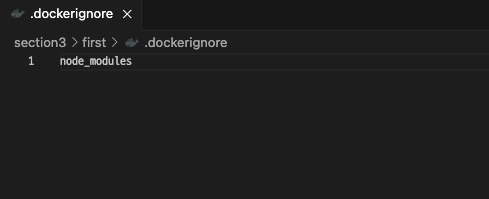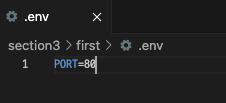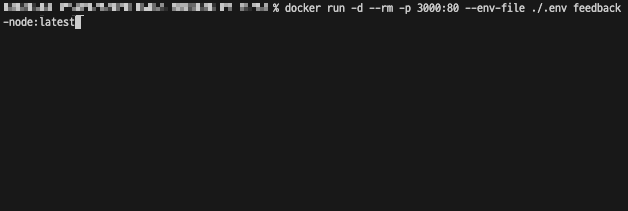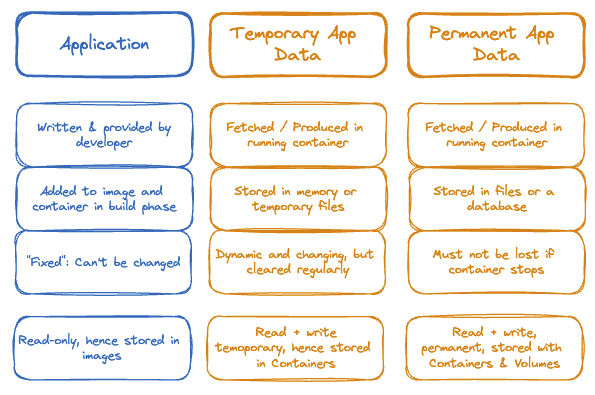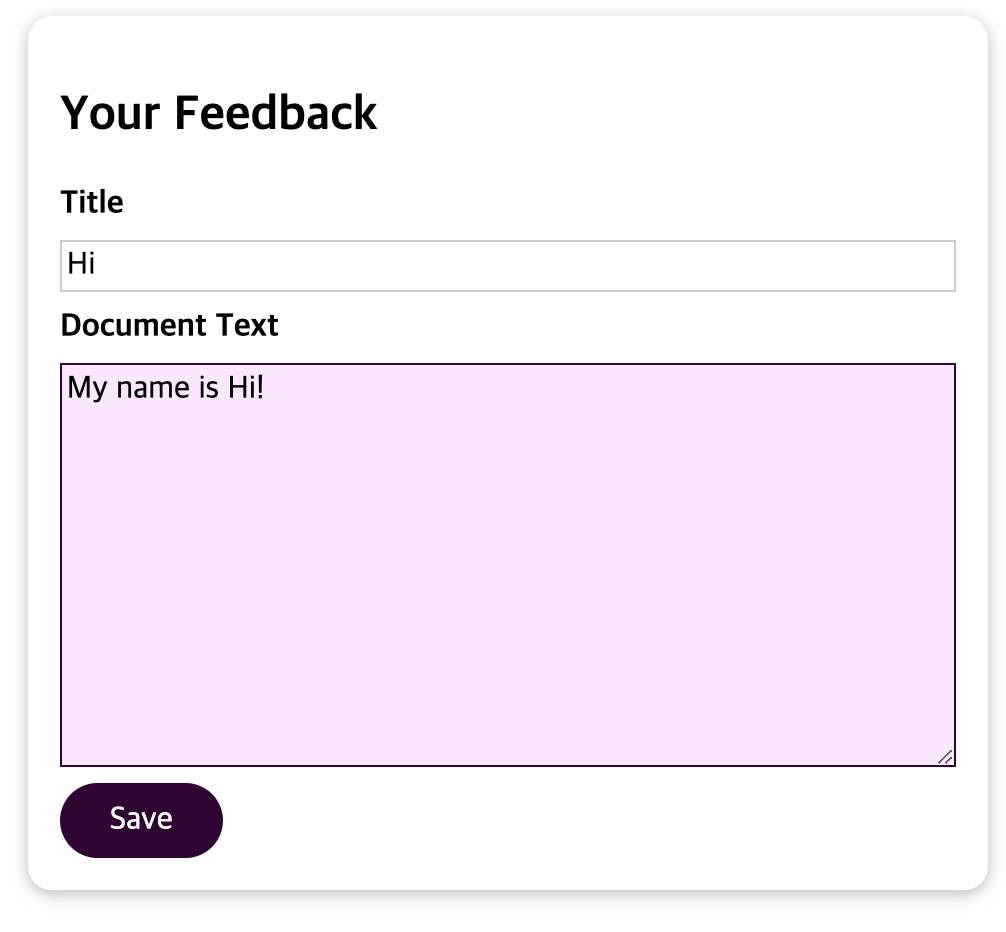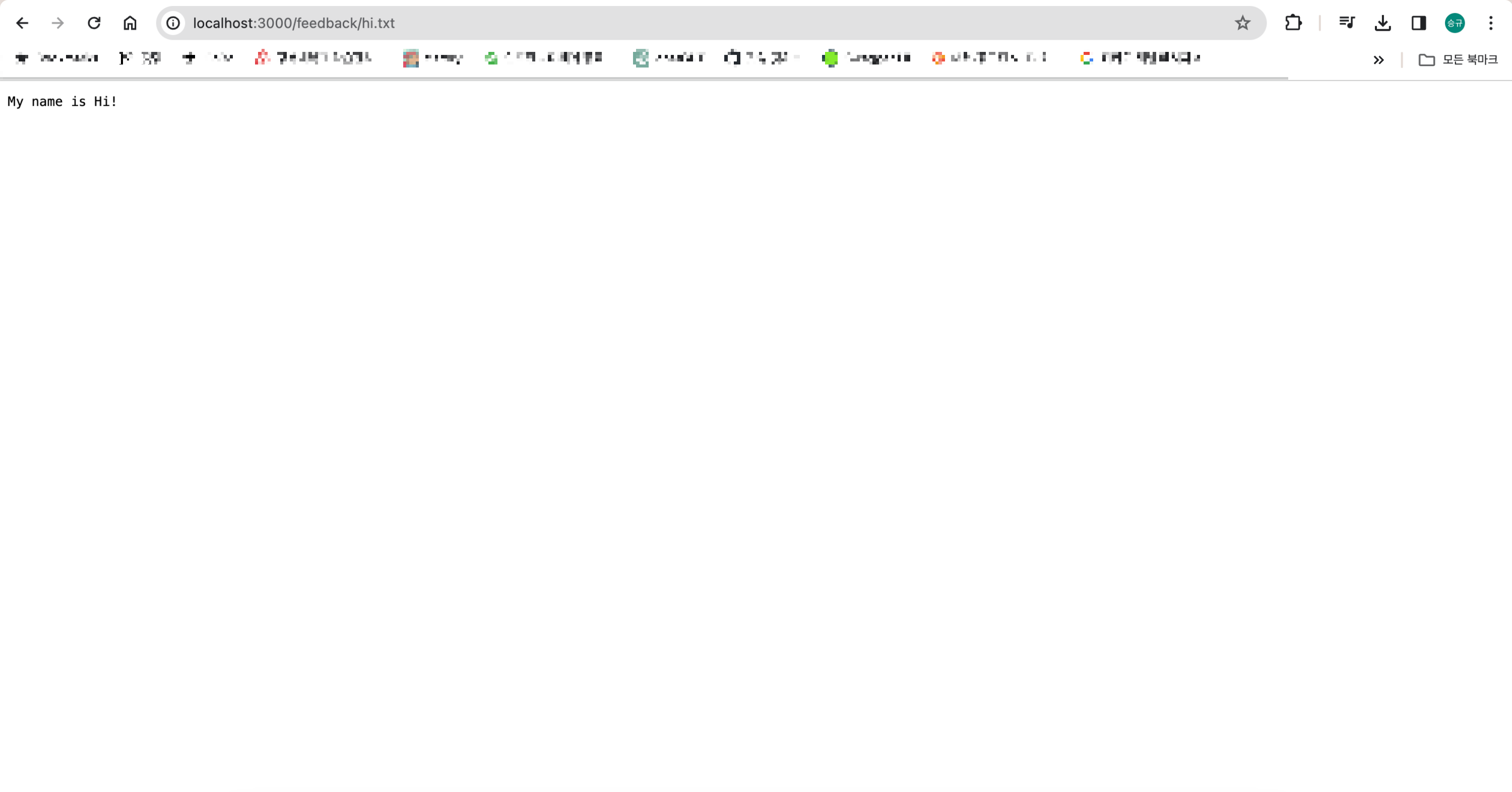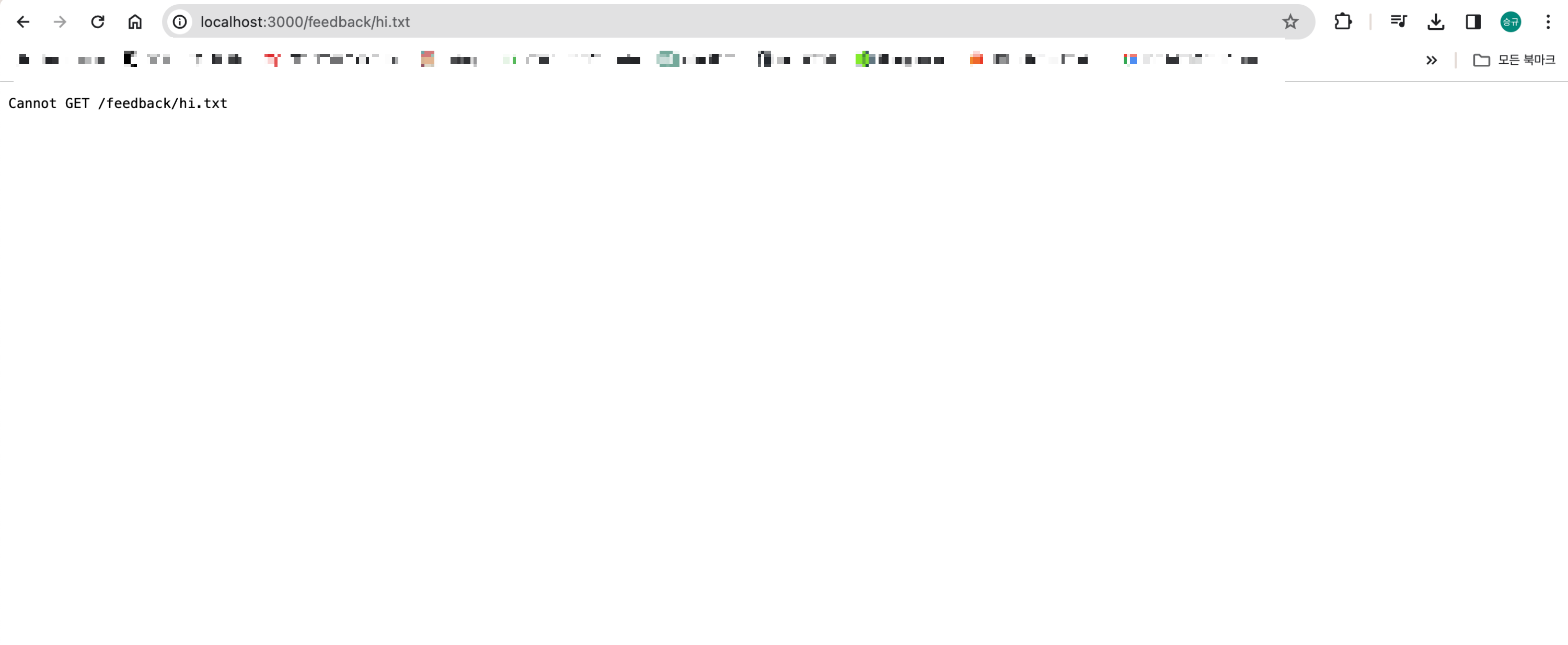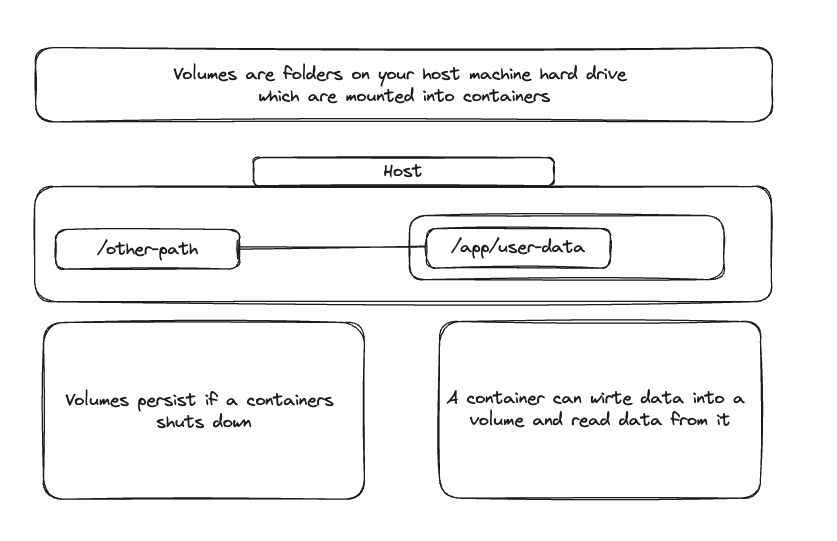https://www.acmicpc.net/problem/1967
1967번: 트리의 지름
파일의 첫 번째 줄은 노드의 개수 n(1 ≤ n ≤ 10,000)이다. 둘째 줄부터 n-1개의 줄에 각 간선에 대한 정보가 들어온다. 간선에 대한 정보는 세 개의 정수로 이루어져 있다. 첫 번째 정수는 간선이 연
www.acmicpc.net
원래 푸는 방법대로 풀지 않은 거 같다.
원래는 1번 노드에서 가장 먼 곳을 찾은 후, 그 노드에서 가장 먼 곳과의 거리를 구하면 된다.
그러면 노드에서는 지름을 구할 수 있다.
하지만 그냥 아무생각없이 모든 노드를 방문하는 방법으로 풀었는데, 그냥 풀렸다.
그래서 이번 문제는 그냥 간단하게 푸는 방법으로 풀도록 하겠다.
이번에는 그래프를 dict로 받았는데, 모든 노드에 대한 2차원 배열로 만들면 메모리 초과가 발생한다.
그냥 반복마다, 최대의 길이를 구하고 그 중에서 최대의 길이를 출력한다.
import sys
from collections import deque
n = int(sys.stdin.readline().strip())
node = {i: [] for i in range(n)}
for i in range(n - 1):
start, end, weight = map(int, sys.stdin.readline().split())
node[start - 1].append([end - 1, weight])
node[end - 1].append([start - 1, weight])
result = 0
for i in range(n):
cur_result = 0
visited = [False for _ in range(n)]
need_visit = deque()
need_visit.append([0, i])
visited[i] = True
while need_visit:
cur_weight, cur_node = need_visit.popleft()
cur_result = max(cur_result, cur_weight)
for next_node, next_weight in node[cur_node]:
if visited[next_node] is False:
visited[next_node] = True
need_visit.append([cur_weight + next_weight, next_node])
result = max(result, cur_result)
print(result)'알고리즘 > 그래프' 카테고리의 다른 글
| 백준 2583 영역 구하기 (Python) (0) | 2024.02.18 |
|---|---|
| 백준 1976 여행 가자 (Python) (0) | 2024.02.18 |
| 백준 16234 인구 이동 (Python) (0) | 2024.02.18 |
| 백준 5014 스타트링크 (Python) (1) | 2024.02.18 |
| 백준 1167 트리의 지름 (Python) (0) | 2024.02.18 |

